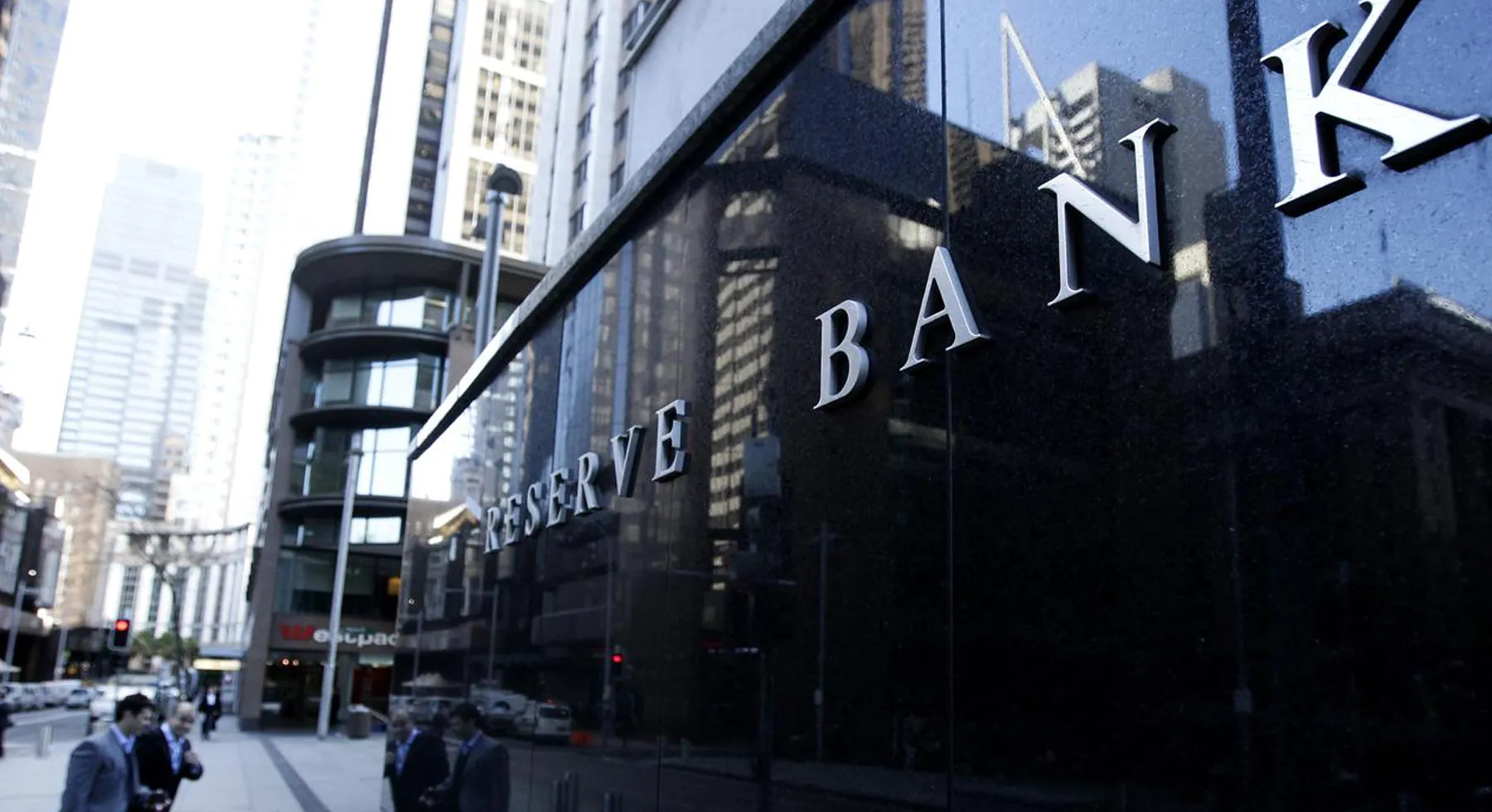Despite a backdrop of global economic challenges, Australian equities have proven to be remarkably resilient in 2023.
With a backdrop of inflationary pressures, geopolitical instability, and fluctuating market conditions, Australian businesses have adapted effectively, providing investors with a positive outlook for the remainder of the year.
The strength of Australian equities can be attributed to several key factors, including robust corporate earnings, businesses' strategic responses to inflation, and a general adaptability in navigating market volatility. As the market continues to adjust to evolving economic conditions, investors are growing increasingly optimistic about the potential for further growth.
Factors Driving Resilience in Australian Equities
Australian companies have demonstrated an ability to not only weather economic challenges but also to thrive despite external pressures. With a focus on innovation, cost management, and efficiency, many companies have maintained strong fundamentals, positioning themselves well for the coming months. This has contributed to a more favourable investment environment, especially as business fundamentals remain solid despite broader market volatility.
“The ability of Australian companies to withstand economic challenges has been impressive this year,” noted Senior Financial Adviser Mark Jenkins. “Their strategic adaptations have helped create a more stable foundation for growth. As we move further into 2023, the outlook for equities continues to be strong, driven by these resilient business practices.”
The Role of Fixed Income in Today’s Portfolio
Alongside equities, fixed income investments have also proven their worth this year, offering stability and protection against market fluctuations. With interest rates stabilising, high-quality bonds have gained attention as an essential asset class for portfolio diversification. Investors looking for more predictable returns have increasingly turned to fixed income investments, which offer reliable income streams and can mitigate risks associated with equity market volatility.
“The fixed income market has played a critical role in portfolio diversification this year,” Jenkins added. “As we approach what many believe will be a more stable economic environment, maintaining a balance between equities and fixed income investments remains a key strategy.”
Looking Ahead: Positive Growth Prospects in 2023
The outlook for Australian equities and fixed income remains positive as we move further into 2023. While market conditions continue to evolve, analysts predict that the Australian economy is on track for a steady recovery. With ongoing interest rate adjustments and improving corporate earnings, both asset classes are expected to contribute to portfolio growth in the months ahead.
Investors are advised to continue with a diversified approach that includes a balanced mix of Australian equities and fixed income investments. A portfolio that embraces the strengths of both asset classes can help manage risks while positioning investors for long-term financial success.
The Importance of a Diversified Investment Strategy
As 2023 progresses, it's crucial for investors to stay focused on their long-term financial goals and maintain a diversified portfolio. By combining resilient equities with stable fixed income assets, investors can optimise their portfolios for both stability and growth, even amid continued market fluctuations.
“A well-diversified portfolio that balances equities with fixed income provides the best opportunity for long-term success,” Jenkins emphasised. “This strategy allows investors to benefit from the growth potential of equities, while still having the stability of fixed income to navigate any periods of market turbulence.”
With expert guidance and an emphasis on strategic diversification, investors are well-positioned to navigate the dynamic investment landscape of 2023. Maintaining a long-term perspective and adapting to market changes will be essential for achieving financial goals.




